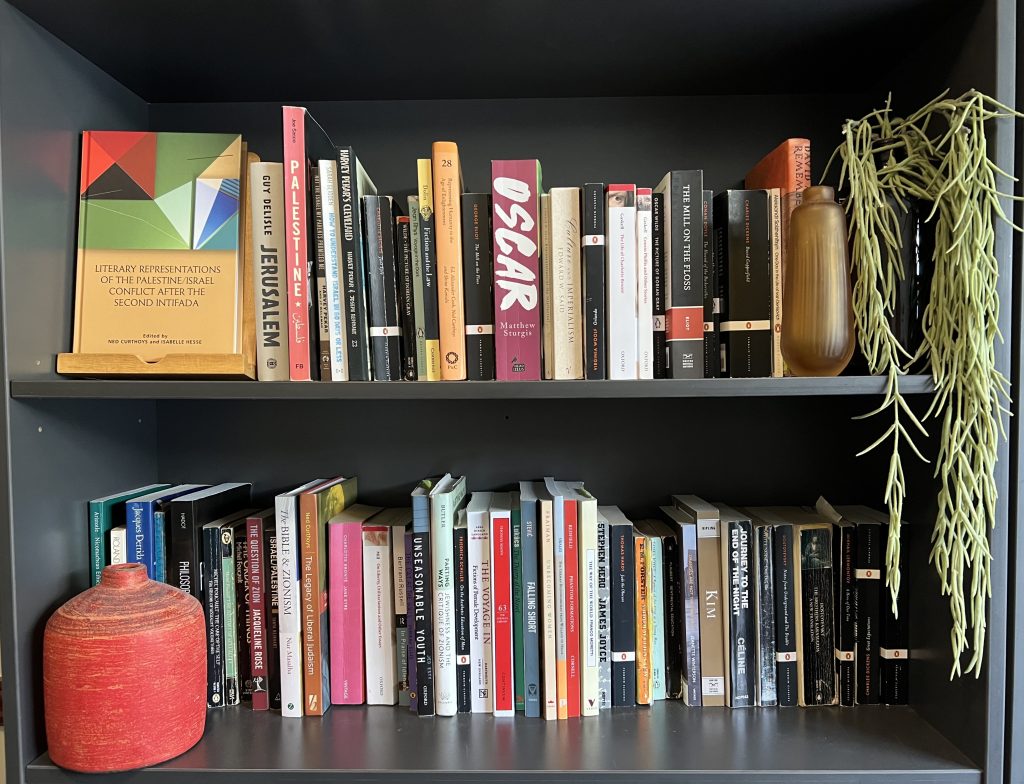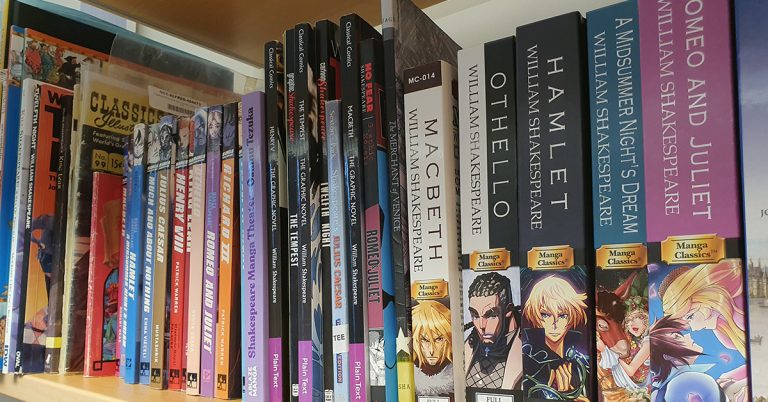
In this interview, Ned Curthoys and Isabelle Hesse, editors of Literary Representations of the Palestine/Israel Conflict After the Second Intifada, discuss their new book.

Tell us a bit about your book.
Our edited collection Literary Representations of the Palestine/Israel Conflict after the Second Intifada examines how literary works from different geopolitical contexts depict the Palestine/Israel conflict to a global audience. This is a book not just about Palestine/Israel but about work and activism on this topic in areas as diverse as Belgium, Canada, Egypt, France, Lebanon, the UK and the US that is trying to transform local perceptions or highlight related themes for global audiences.
The book also indicates that literature is affording ample scope to look beyond nationalist paradigms and resistance narratives that have helped shape, for example, Palestinian resistance to Israel. We’re also really interested in emergent genres such as the graphic novel, children’s and YA literature, and the profound influence they’re having on not only visualizing the conflict but allowing readers to understand its continuities with other traditions of discrimination and resistance.
Lastly there’s a sense with the emergence of new modes of online reportage such as blogs, and various forms of witnessing encompassing diverse forms of literary and cultural production, that there is more scope than ever for individual voices to emerge who can challenge dominant narratives. Indeed, there’s a larger story depicted in this volume about Palestinian (e. g. Susan Abalhawa and Suad Amiry), Israeli-Jewish (David Grossman), and diasporic Jewish (Harvey Pekar) writer-intellectuals who criticise stagnant discourses about the conflict and imaginatively rethinking where to go from here.
What inspired you to research this area?
Isabelle: I started working on Israel and Palestine as a PhD student in 2009 and have continued to research and publish on Israeli and Palestinian literature and culture as well as global responses to Israel and Palestine. In November 2018, I presented a paper on young adult fiction and Palestine/Israel at the Bildungsroman: Form and Transformation Conference in Sydney, which I transformed into a chapter for this edited collection. Ned was in the audience and we had a lively discussion about Palestine/Israel over a coffee and then we stayed in touch and came up with the idea for this edited collection, which we’re very happy to see in print after nearly 4 years.
Ned: Yes, I’m so grateful that conference occurred and that we met, particularly as it wasn’t too long afterwards that the state (province) I live in, after Covid, actually shut its borders to the rest of the country and travel became impossible. Both Isabelle and I realized we had a lot in common in terms of an interest in how various genres such as YA and the graphic novel – to mention just a few – were reinvigorating our perception of the Palestine/Israel conflict. I’ve been involved both academically and politically in this issue since I was a PhD student.
Did you discover anything particularly strange or surprising?
Ned: Apart from the fact you can work virtually/digitally with someone whom you have only briefly met in person, for 4 years, and produce a book, I would say it was simply the quality of scholarship and passionate interest from so many scholars across the globe that really reminded me there is no question of interest in the Palestinian struggle for civil and political rights disappearing any time soon. Anastasia Valossopoulos’s chapter on Matt Rees’s detective fiction was a real revelation to me and a reminder that innovative genre fiction is doing some really exciting work in this area.
Isabelle: Maybe not strange or surprising but we were very excited about including chapters about texts that had not been widely discussed, such as Sahar Abdallah’s adaptation of Mahmoud Darwish’s poetry in Egyptian children’s books, discussed in Magda Hasabelnaby and Radwa R. Mahmoud’s chapter or the Francophone graphic novels that Lowry Martin’s chapter focuses on, and texts that introduce new angles and perspectives on canonical works, such as Niva Kaspi’s examination of linguistic nuances in David Grossman’s To The End of the Land, and to bring these together in one edited collection.
What’s next for you?
Ned: Apart from reading Isabelle’s monograph described below as soon as I can I am working on a monograph about the Bildungsroman and recent historical fiction that is not too far from completion. I’m sure I’ll find more ways to think about and hopefully contribute to this issue before too long.
Isabelle: I have just completed my second monograph entitled Reimagining Palestine and Israel in British and German Culture, which is similar to our edited collection in that it considers how works from outside the region engage with Palestine and Israel.
About the Book

Literary Representations of the Palestine/Israel Conflict After the Second Intifada brings together discussions of literary works from Israel, the Occupied Palestinian Territories, the Palestinian and Jewish Diasporas, as well as from authors and creators not directly involved with the conflict who are seeking to unpack its complexities for a wider audience. It offers new perspectives into how the Palestine/Israel conflict is, and can be, represented after the Second Palestinian Intifada, an epochal event for both Israelis and Palestinians.
Sign up for our mailing list!
Want to hear more about what we’re publishing in Islamic and Middle Eastern Studies? Sign up to our mailing list! You’ll be the first to hear about new books, blog posts and events.





